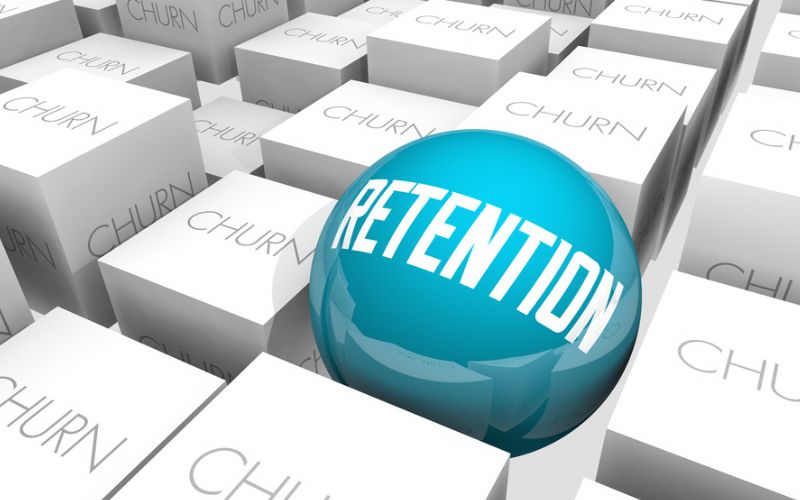Is your organisation finding it as tough as it’s ever been to generate new business? If the answer is yes, join the club.
Early June brought the unwelcome – but not unexpected – news that Australia had slid back into a per capita recession, with GDP up by a tiny 0.2 per cent in the March quarter.
Although special factors, including extreme weather events, accounted for some of the softness, underlying consumer spending and business investment remained ‘relatively subdued’, BetaShares chief economist David Bassanese told the ABC.
It’s a set of circumstances that’s already sent insolvency statistics soaring: 3633 companies entered external administration in the first quarter of FY2025, according to ASIC – a whopping 45.6 per cent increase on the corresponding period the previous year.
Chasing the new
Businesses that don’t wish to join their unfortunate ranks in FY2026 will need to redouble their efforts to win new customers and keep the old.
Unfortunately, many Australian leadership teams continue to place excessive emphasis on the former and too little on the latter; reserving plaudits for the rainmakers who bring in new accounts, rather than those whose efforts are focused on retaining them long term.
It’s a modus operandi that makes little sense, given research has shown that acquiring a new customer can be anywhere from five to 25 times more expensive than merely keeping one who’s already bought into your value proposition.
Switching it up, by spending more time surprising and delighting the businesses and consumers already on your books, may well help your enterprise maintain profitability and, indeed, stay afloat during what promises to be a tough 12 months.
It’s not us, it’s you
Maximising customer retention is a smart way to shore up turnover and profits during tough trading periods.
Arresting and reversing customer churn starts with understanding why your customers are choosing to say adieu. Common reasons include faulty products, features and functionality that don’t meet customer needs, lack of responsiveness to queries and complaints, and a perceived lack of value.
Poor onboarding and a difficult user experience will see your business marked down accordingly, as will an unwillingness to innovate and evolve in response to changing market conditions and customer requirements.
And then there’s price. However stellar your offering, if it isn’t competitive in today’s straitened times, keeping the customer satisfied is likely to prove a very tough ask.
Diving into the data
Analysing churn data – the percentage of customers who’ve stopped using your products or services during a specified period – in depth can help shed some light on what it is your customers are seeking, and not getting, from your business.
It can also be instructive to look at the purchasing patterns of customers who continue to opt for your offering, rather than those of your competitors, so you can understand the things you’re doing right.
Armed with that information, you’ll be able to get proactive; optimising your products, services, pricing and customer care, to make your brand and business one which customers want to stick with long term.
Unfortunately, obtaining that data can be impossible for enterprises operating in manual mode with limited visibility of customers’ purchasing journeys and behaviour.
Surviving and thriving in FY2026 and beyond
Remaining viable is no mean feat in today’s tough times and the next 12 months are likely to see many more Australian businesses pushed to the limit – and beyond. Retaining more customers and for longer is an effective means of helping your business stay in business.
Automated revenue management technology can be a powerful asset in this endeavour. If reducing customer churn and maintaining long term profitability is your end game, it’s mission critical technology that should sit at the heart of your fintech stack.


